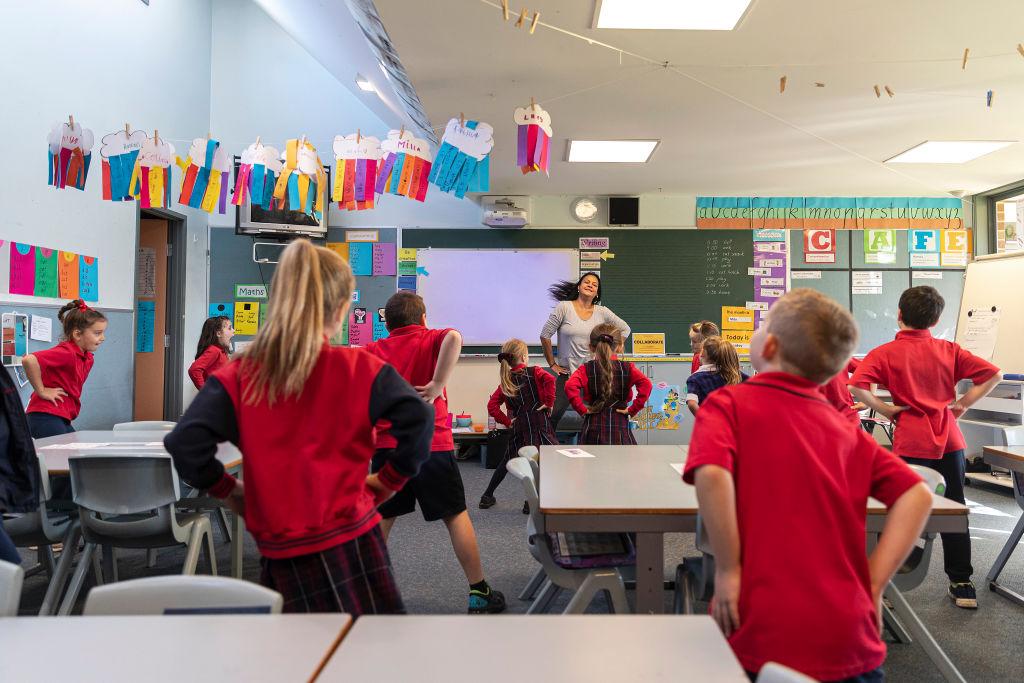Education experts have blamed a lack of good classroom management skills behind a rise in disruptive behaviour by Australian students.
During a parliament inquiry into classroom disruption, Glenn Fahey, director of the education program at the Centre for Independent Studies, said Australian classrooms were among the world’s most disruptive.





